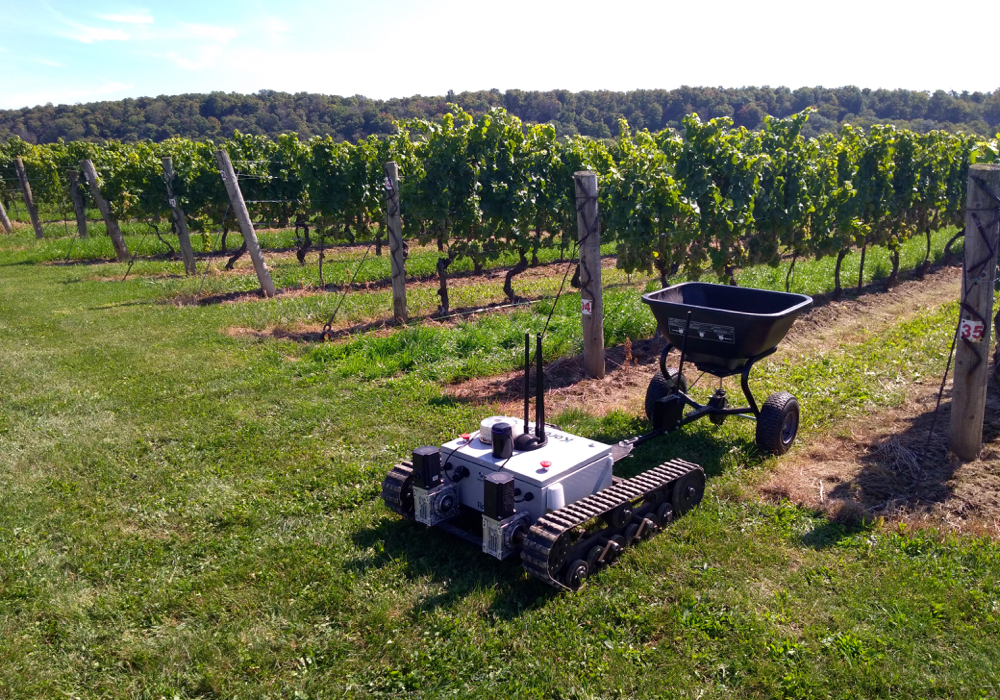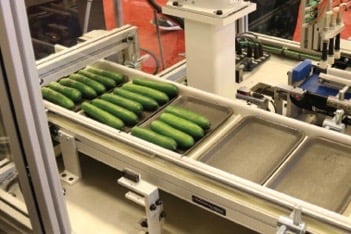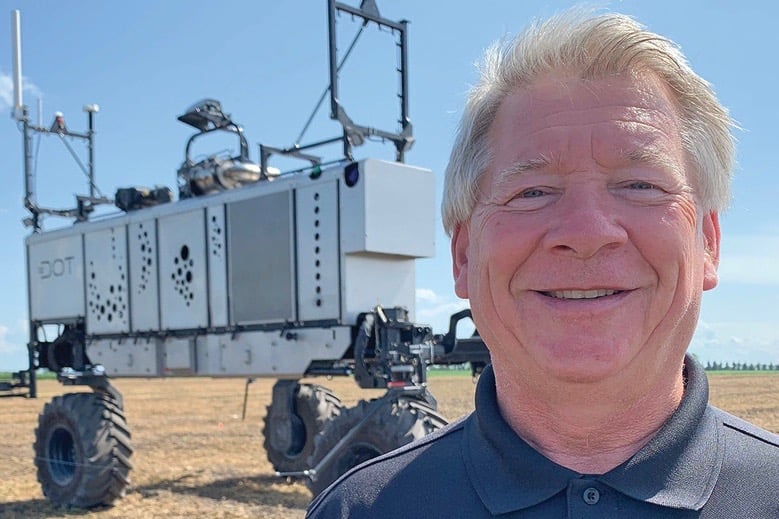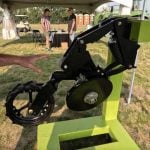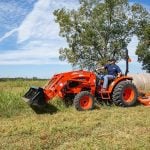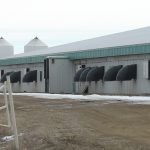Farmers near Chatham got a chance to see an automated vegetable-transplanting system first-hand during a recent field demonstration.
The technology featured at the June 14 event illustrates future options for growers looking to save time and labour costs.
It was originally developed in California as a way to more efficiently plant lettuce and a handful of other field vegetable crops,
Why it matters: Labour issues continue to build for many ag-sector businesses. Automation technologies designed to alleviate human-resource pressures have lagged for processing vegetable growers.
Read Also
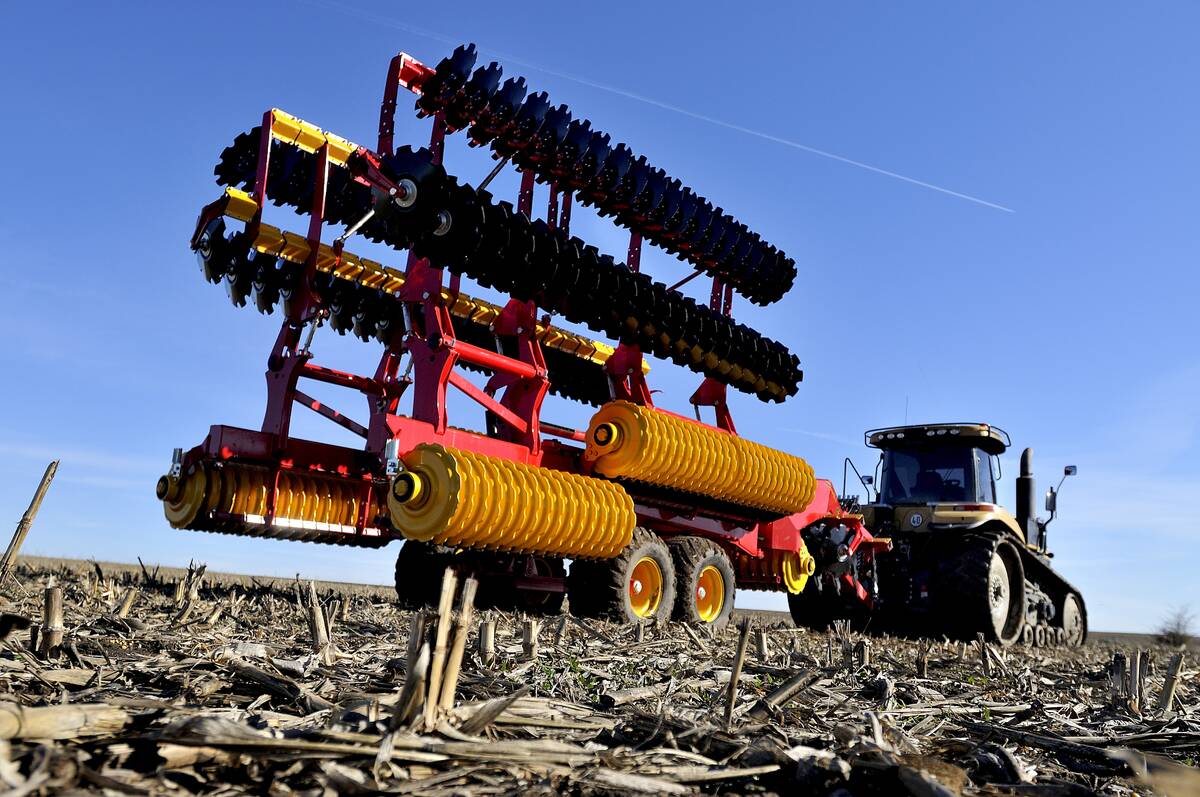
Evolution of European equipment manufacturers runs deep
A look at how Lemken and Väderstad have evolved from their traditional offerings of tillage equipment to include planting and seeding equipment in their lineups.
While some producers voiced questions about the immediate practicality of the exhibited equipment — specifically in a non-irrigated Ontario setting — discussion on the potential savings such technology might provide was prolific.
Equipment specs
The machine in question works by automatically pulling vegetable transplants, held in belts of biodegradable tape, through a mechanism reminiscent of a grain drill. Individual transplants are cut, separated, and planted at regular intervals as the machine rolls down the field.
The entire machine can run with just two employees, plus a third to operate the driving tractor, as opposed to the six or more required for many manual planters.
Brian Antle, president of PlantTape, the globe-spanning company behind the equipment, says his company’s machine can plant, on average, two acres every hour. The machine can accommodate up to eight planting “modules” (the one demonstrated sported only two). Spacing between plants and rows, as well as depth, can all be individually controlled.
Interest in automation strong
Matt Smyth, tomato producer for Kingsville-based Sun-Brite Foods Inc. and host of the demonstration day, says he is intrigued with how quickly the automated system can plant.
It’s three-to-five mph speed is notably faster than their current manual systems, he says.
His interest in automation technology, however, comes primarily from labour costs and labour insecurity. Finding and retaining employees during busy times is an ongoing and acute problem, so any technology that could reduce that need is worth consideration.
“It’s a scary thing when you know there’s all this work to do, and you don’t think you’ll have the labour to do it,” says Smyth.
Smyth’s sentiments were expressed by a number of other processors and farmers present at the event, which was held by Ontario Processing Vegetable Growers and other supporting groups.
“Something like this could alleviate 85 per cent of labour costs [associated with planting],” says Pascal Jennen, an onion and tomato farmer from Dresden, and member of the OPVG board of directors. “It’s like the early days of any technology. There are lots of things coming down the pipe.”
Cathy Lennon, general manager for OPVG, says access to labour is a main driver pushing automation in the processing vegetable sector. Growing complications with temporary and foreign worker programs, wage pressures and other factors are also major contributors.
“The OPVG board is not promoting any one technology or brand here. This is meant to be an information day.”
Modifications needed for Ontario use
Some growers raised concerns over the capability of the machine to plant larger transplants — those suitable for the machine’s specifications are smaller than what many growers at the event considered average for Ontario field tomatoes. The lack of an effective sub-surface watering system was also noted.
Antle addressed these and other perceived deficiencies by reiterating the machine was developed and honed over the last three years on his family’s 35,000-acre California vegetable farm. And in California, smaller transplants without immediate water are not a concern thanks to irrigation.
“We know this system works. Planting tomatoes into ground without irrigation is definitely a new one for us,” he says. “But if that’s truly the limitation, we can definitely figure that out.”
The PlantTape transplanting system, Antle says, can cost from US$100,000 to $200,000. The primary factor determining the price is based on how many planting modules a producer wants on their system.
“The payback is really just based on how many acres you’re going to plant,” he says.
— This demonstration was a collaborative effort between the OPVG, PlantTape, Heinz Seed, Laprise Farms, Tomecek Agronomy Services, Anne Verhallen (OMAFRA), local co-operator Matt Smyth and his processor, Sun-Brite Foods.









